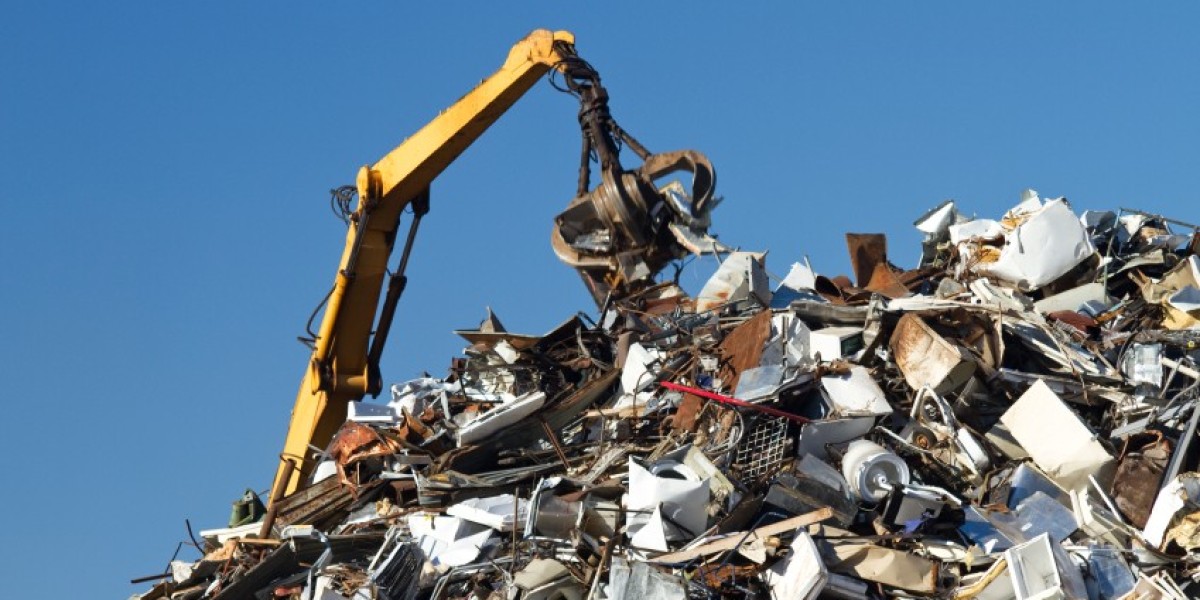In a world driven by innovation and sustainability, the concept of turning trash into treasure has gained significant traction. Among the myriad materials ripe for recycling, scrap metals stand out as a particularly lucrative and environmentally friendly option.
Contrary to their name, scrap metals in Melbourne hold immense value, both in terms of economic return and ecological conservation. In this article, we delve into the fascinating realm of scrap metal recycling, exploring how these discarded materials can be transformed into profitable assets.
The Economic and Environmental Imperative
The burgeoning demand for raw materials, coupled with finite natural resources, has underscored the importance of recycling. Scrap metal recycling not only mitigates the strain on primary resources but also offers substantial economic benefits.
By diverting metals from landfills and reintroducing them into the production cycle, recycling reduces the need for costly extraction processes. This, in turn, conserves energy and mitigates greenhouse gas emissions associated with mining and refining operations.
The Diversity of Scrap Metals
Scrap metals encompass a wide array of materials, ranging from ferrous to non-ferrous metals. Ferrous metals, such as steel and iron, are abundant in everyday items like automobiles, appliances, and structural components.
On the other hand, non-ferrous metals, including copper, aluminium, and brass, are prized for their high conductivity, corrosion resistance, and malleability. Each category presents unique opportunities for recycling, with specialised techniques tailored to extract maximum value from the diverse range of materials.
The Recycling Process Unveiled
The journey from scrap metal to profit begins with collection and sorting. Scrap yards serve as the first point of contact, where discarded materials are gathered and categorised based on their composition and quality.
Advanced technologies, including electromagnetic separators and eddy current systems, aid in the segregation of ferrous and non-ferrous metals, streamlining the recycling process.
Once sorted, the metals undergo processing, which typically involves shredding, shearing, or melting, depending on their form and intended application. Shredding transforms bulky objects like cars into manageable pieces, while shearing is employed for smaller items such as appliances.
Melting, a fundamental step in recycling, enables the metals to be cast into new shapes or alloys, ready for use in various industries ranging from construction to electronics.
The Value Proposition: Turning Scrap into Gold
While the recycling process incurs costs associated with collection, transportation, and processing, the returns far outweigh the initial investment.
Scrap metal prices fluctuate in response to market dynamics, influenced by factors such as global demand, supply chain disruptions, and currency fluctuations. Despite this volatility, recycling offers a stable source of revenue, insulated from the cyclical nature of primary metal markets.
Moreover, the environmental benefits associated with scrap metal recycling translate into tangible value for businesses seeking to enhance their sustainability credentials.
By incorporating recycled metals into their supply chains, companies can reduce their carbon footprint and demonstrate a commitment to responsible resource management, resonating with environmentally conscious consumers and stakeholders.
Navigating Challenges and Seizing Opportunities
While the prospects for scrap metal recycling are promising, the industry is not without its challenges. Market volatility, regulatory constraints, and technological barriers pose significant hurdles for recyclers and manufacturers alike.
However, these obstacles also present opportunities for innovation and collaboration, driving the development of new recycling technologies and sustainable business models.
By harnessing the power of data analytics, artificial intelligence, and automation, recyclers can optimise their operations and enhance efficiency throughout the value chain. Collaborative initiatives between industry stakeholders, policymakers, and research institutions are essential for fostering a conducive environment for sustainable recycling practices.
Conclusion
The transformation of scrap metals Melbourne into profit epitomises the symbiotic relationship between economic prosperity and environmental stewardship. By harnessing the latent value of discarded materials, recyclers contribute to resource conservation, energy savings, and greenhouse gas reduction, paving the way for a more sustainable future.
As the world embraces the circular economy paradigm, scrap metals emerge as a hidden treasure waiting to be unearthed, offering boundless opportunities for innovation, prosperity, and sustainability.









